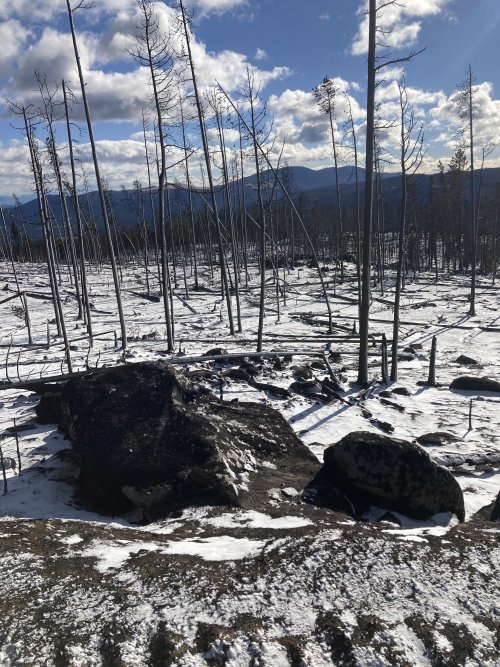2rocky
Well-known member
If your hunting area had a burn in it this August, would you hunt it this October/November?
What is the usual "reopening" protocol that USFS goes through once a burn is officially contained?
Do you find more local traffic in the burns that Hunting season?
What is the usual "reopening" protocol that USFS goes through once a burn is officially contained?
Do you find more local traffic in the burns that Hunting season?





